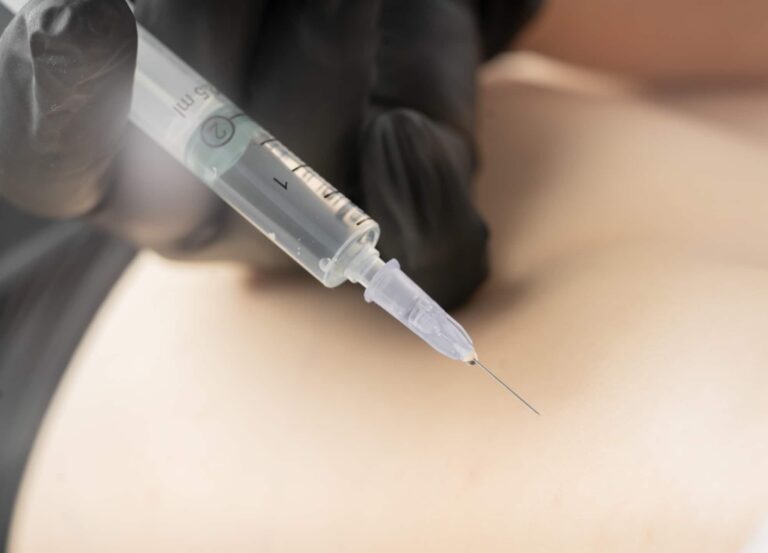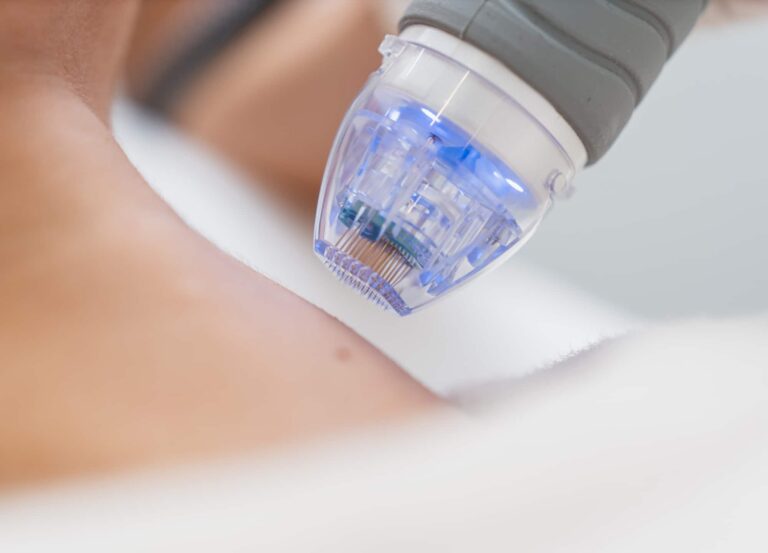The basic concept of anesthesia—a doctor gives you drugs that knock you out so completely that he or she can cut into your body without you feeling a thing—is understandably scary. But anesthesia is one of the miracles of modern medicine, a primary reason that all types of surgeries, essential and elective, can be performed successfully.
And the more you know about how general anesthesia works and how safe it is, the more comfortable you’ll feel when you go under. Here, anesthesiologists answer some of the questions they get asked most frequently.
What is general anesthesia?
General anesthesia refers to drugs that are administered in order to put a person into a complete state of dissociation in which they’re essentially in a deep sleep, unable to move or talk, and won’t feel or remember anything, explains Dr. Azza Halim, a board-certified anesthesiologist in Boca Raton, Florida.
General anesthesia has a depressant effect on many of the body’s main functions, including consciousness, level of reflexes, and the respiratory system, adds Dr. Noam Kurtis, a board-certified anesthesiologist in New York City. Bluntly put, under general anesthesia, a person is so knocked out that surgeons can cut through muscle, skin, and bone.
What are the differences between local anesthesia, sedation, and general anesthesia?
Not all forms of anesthesia are created equal; in fact, even within these three categories there are nuances and differences. Local anesthesia is used to numb specific areas, all while the patient is completely awake and conscious. It’s injected directly into the skin in the targeted area where the procedure is being performed, helping to minimize pain both during and after the fact, explains Dr. Kurtis. (Common local anesthetics include lidocaine and marcaine.) Unlike in the instances of sedation and general anesthesia, an anesthesiologist is not required to administer local anesthesia.
Sedation falls in the middle of the spectrum, although it’s worth noting that there are actually three levels of sedation: mild, moderate, and deep, says Dr. Kurtis. “Mild sedation would be akin to a patient taking a Valium and a Percocet, moderate sedation is where the patient is awake but in a very relaxed state, and deep sedation borders almost on general anesthesia,” he explains.
As far as cosmetic procedures go, this moderate level, colloquially known as twilight sedation, is very popular and often used during surgeries such as blepharoplasties and facelifts. In this case, you’re still awake and able to move but just feel very happy, calm, and comfortable, says Dr. Halim.
No matter the level of sedation, the drugs used are always administered intravenously, and the patient keeps breathing on their own (even in the case of deep sedation, in which they’re totally asleep). This is in contrast to general anesthesia, where even though the same types of drugs are used, they’re administered via inhaled gases, says Dr. Halim. Most of the time, patients who are put under general anesthesia are also intubated and put on a ventilator.
How do doctors decide which type of anesthesia is best?
“Many factors are considered, including the type and length of the procedure, if blood loss is going to be involved, the patient’s pain tolerance, and the surgeon’s preference,” says Dr. Halim. Major surgeries—breast augmentations, tummy tucks—are done under general anesthesia, whereas with procedures such as liposuction, sedation or general anesthesia may be an option. (In either case, local anesthesia is often incorporated as well.)
Dr. Kurtis notes that many patients erroneously get hung up on demanding sedation, citing that they don’t want to go under, without realizing that general anesthesia may be the safest option. “For example, just because a person is breathing on their own under sedation doesn’t mean that they’re breathing well. They may end up requiring more respiratory support from the anesthesiologist, which ultimately would be more predictable and controlled if the patient were under general anesthesia,” he says.
Regardless, all types of anesthesia require a very precise balance and dosing of the drugs involved: “Anesthesiologists are always fine-tuning and adjusting things in real time,” says Dr. Halim. The difference between sedation and general anesthesia isn’t medication dependent, it’s dose dependent, adds Dr. Kurtis, meaning that even during a procedure, the so-called depth of the anesthesia can be adjusted.
Is general anesthesia safe?
Yes. Anesthesiologists are specially trained to carefully adjust the aforementioned delicate balance of drugs needed to keep patients safe—not to mention that they constantly monitor a variety of vital signs (heart rate, blood pressure, oxygen levels) throughout your time in the operating room. “Anesthesia is something that’s historically scared a lot of people. Adverse effects are not at all common, but people hear one or two horror stories and, coupled with the lack of control that comes with being under anesthesia, get scared,” says Dr. Kurtis. “When people say, ‘Why would I risk going under anesthesia for an elective cosmetic procedure?’ I liken it to flying. There’s always a risk of the plane crashing, but that fear doesn’t prevent you from taking a vacation, does it?”
From a sheer analytic perspective, he also points out that malpractice insurance for anesthesiologists is much lower than for other doctors because of this lower incidence of adverse effects. Not to mention that the variety of pre-op exams and tests required to undergo major surgeries helps ensure that patients are healthy and have no underlying medical conditions prior to undergoing anesthesia, adds Dr. Halim.
What are the side effects of general anesthesia?
Both doctors we spoke with cite nausea and vomiting as the most common side effects, something that can happen with either sedation or general anesthesia. A sore throat from the breathing tube is also possible, as is some tingling in the fingers or arms. Other than that, generally feeling groggy, tired, and a little out of it is totally normal and expected. And if you’ve been under sedation or general anesthesia, you shouldn’t drive for 24 hours.
How long does it take for anesthesia to wear off?
This depends not only on the type of anesthesia used and the length of the procedure but also on the individual’s metabolism. Local anesthesia wears off on its own, usually after anywhere from 2 to 12 hours, depending on the drug used, says Dr. Kurtis. Sedation generally wears off pretty quickly as well: “Because the drugs are administered via an IV, they’re excreted through the bloodstream and metabolized faster,” explains Dr. Halim.
“The inhalation gasses used for general anesthesia have to be fully expelled via the pulmonary system and tend to have longer, lingering effects.” Generally speaking, you may spend about 15 to 30 minutes in a recovery room after sedation, whereas 45 to 90 minutes is the average time spent in the recovery room after undergoing general anesthesia for cosmetic surgery, says Dr. Kurtis. (During this time, a nurse will monitor your vital signs as well as your pain levels and how alert you are.) That being said, many people can still feel some effects of general anesthesia for about 24 hours.











